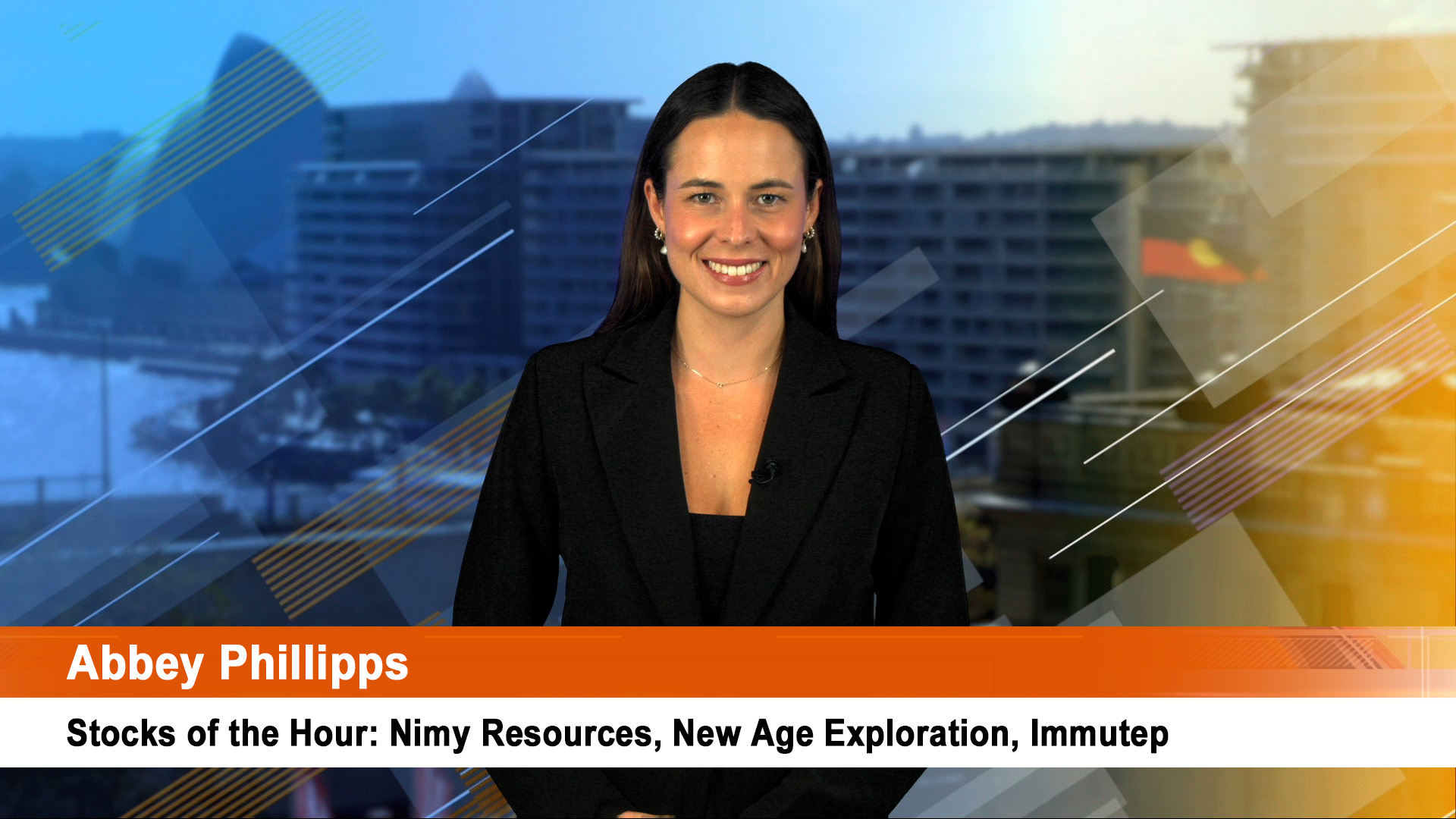OPEC speculation, rising production and transport bottlenecks are combining to put a lid on US oil prices.
US futures prices ended last week at their lowest finish since April on the back of rising production and the possibility that OPEC and its allies may decide to boost output, but the price of the global marker crude, Brent, edged higher.
In New York, July West Texas Intermediate crude fell $US1.23, or 1.8%, to settle at $US65.81 a barrel—the lowest finish since April 10. That left US crude futures down 3.1% for the week (and 2.2% for May) after dropping 4.9% the week before.
In Europe, August Brent crude fell 77 cents, or 1%, to $US76.79 a barrel. On a most-active basis, Brent crude ended May with a 3.2% gain. It ended the week up 0.4% in contrast to the weakness in the US
The discount between US and Brent crude has now blown out to around $US11 a barrel, the largest it has been since mid 2015 and a sign the growing production and bottlenecks in pipelines and storage is now capping price growth and indeed putting downward pressure on US prices.
In fact prices along the US Gulf Coast and in the Permian basin area of Texas are even lower – with the discount down $US20 to $US30 a barrels at times because of surging production.
Rising oil activity is not helping either. According to services group, Baker Hughes, another 2 rigs were activated last week to look for oil in the US, taking the figure to 861 last week, the highest for more than three years.
The rise follows a huge increase of 15 oil rigs the week before. The total active US. rig count, which includes oil and natural-gas rigs, rose by 1 to 1,060.
A meeting of three major OPEC energy ministers ahead of the Organisation of the Petroleum Exporting Countries’ summit on June 22 sparked speculation about possible action on the current 1.8 million barrels a day production cap deal with Russia.
The energy ministers from Saudi Arabia, Kuwait and the United Arab Emirates met Saturday to discuss OPEC matters.
Brent found support from around midweek on remarks by Saudi officials that signaled the country wants to step up production only gradually in reaction to lost production out of Venezuela and, potentially, Iran, while keeping the agreement between the Organization of the Petroleum Exporting Countries and other major producers to curb overall production in place through the end of the year, wrote analysts at Commerzbank.
The biggest continuing factor is the influence of rising US output. Monthly data from the Energy Information Administration showed crude production rose 2.1% to 10.474 million barrels a day in March, from February. It was also up 14.6% from March last year. That was a rise of 215,000 barrels a day (bpd) over the 12 months.
Production in Texas rose by 4% to almost 4.2 million bpd, a record high based on the data going back to 2005. The Permian basin, which stretches across West Texas and eastern New Mexico, is the largest U.S. oilfield.
Output from North Dakota held around 1.2 million bpd, while output in the federal Gulf of Mexico eased 1.1% to 1.7 million bpd.
The agency also revised February oil production down by 5,000 bpd to 10.26 million bpd.
US natural gas production in the lower 48 states rose to an all-time high of 88.8 billion cubic feet per day (bcfd) in March, up from the prior record of 87.7 bcfd in February, according to EIA’s production report.













